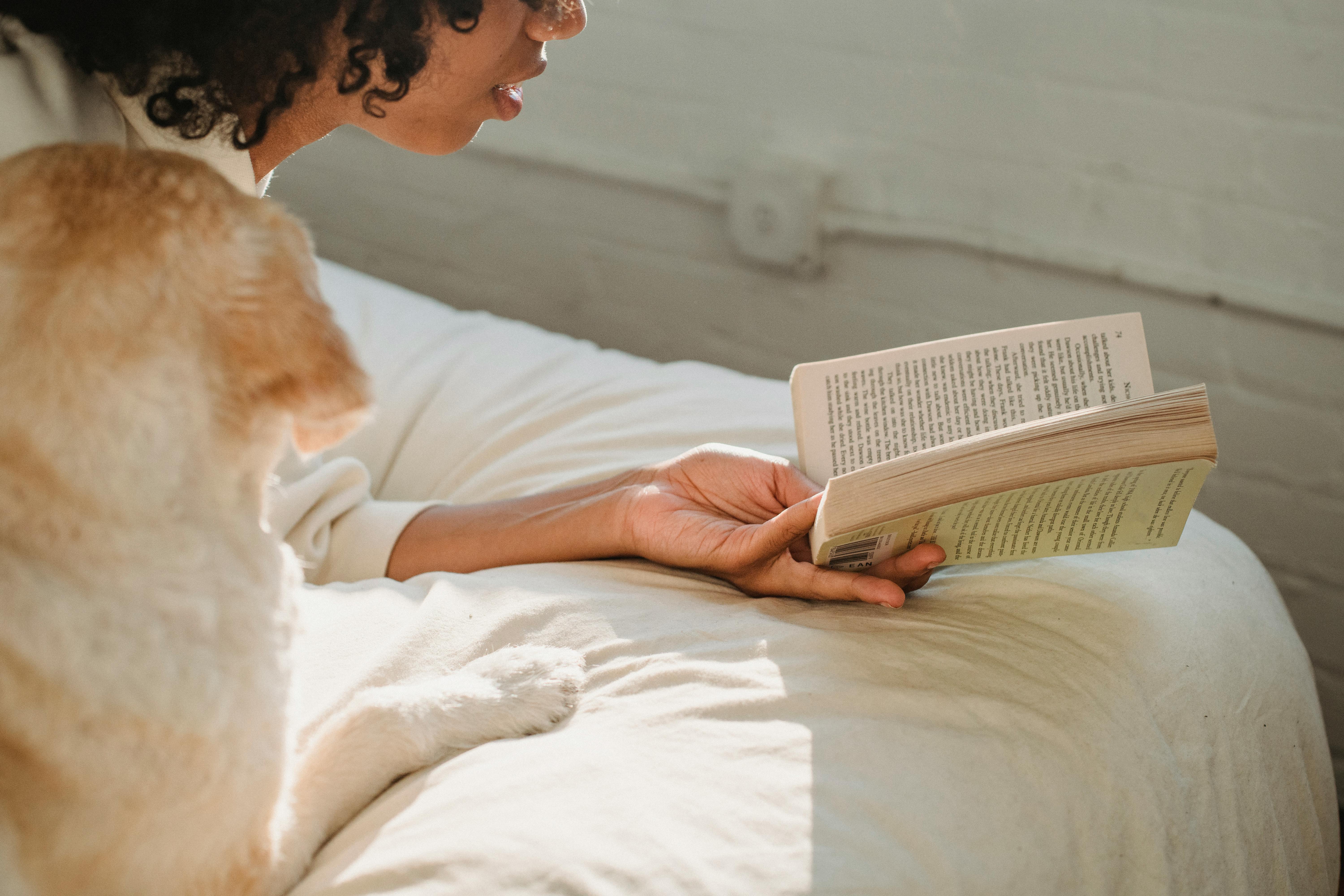Help! My dog is falling apart like crazy!
It’s shedding season, and all of you with dogs who know it, because there’s dog hair everywhere in your house! It seems to happen suddenly and without warning. You find yourself vacuuming and sweeping behind your dog nonstop, with no end in sight. So what can you do? Well, first let’s talk about why and when your dog is moving. Then we will talk about how you can handle it.
Why does a dog shed
You all know the most common reason for moving, and that’s when your dog sheds his heavy winter coat in the spring. There are a few other reasons why dogs lose their hair:
- Adult females that remain undisturbed shed when in heat.
- Puppies shed their puppy’s fur for their adult coat.
- Stress. Yes, just as humans can lose hair when stressed, so do dogs.
- Dry skin or damaged fur. Dogs that are bathed frequently or with a strong detergent-based shampoo can become dry and lose the natural fatty acids that help maintain a healthy, conditioned coat.
- Dogs with a medical condition, such as sarcoptic mange or yeast infection, will lose hair.
Keeping your dogs under control
Let’s focus on the common causes of shedding, as they can all be treated at home with similar methods without the help of a veterinarian or dog groomer. Note that seasonal shedding cannot be eliminated; it is a natural process that no medication or treatment can stop. But you can do a few things to keep it to a minimum so that you and your dog can live in harmony during their shedding period.
- Mark your calendar! The molt is much easier to control when you know it is coming and you are ready. Think of it as preparing for any time of the year. A snowstorm is much less stressful if you have everything you need in case of snow, right? So start checking for signs of shedding by giving your puppy a good coat rub. You will know by the amount of rain that the glorious move-in season has started.
- Take time each day to brush your dog’s coat. 5 minutes or less should be sufficient for most dogs. Focus on the back, sides, chest, and particularly the hindquarters. Don’t have time to brush your teeth? Give your kids (or neighborhood kids) an incentive by giving them extra Xbox or TV time so they can brush their hair more. But, of course, do it outdoors; after all, it’s the inner hair that’s driving you crazy!
- Use the correct brush. A bristle brush won’t do much good for a dog with an undercoat. Bristle brushes are best to use in short layers. Use a coat rake on very long coats (but be careful with the pressure you use) or a pinhead brush (your dog groomer may recommend one that works best on your dog’s coat).
- Give your dog a good massage with a rubber curry brush at least once a week. The rubbing will not only relax your dog, but it will remove much of the hair without the risk of brushing too much and damaging the skin.
- Bathe and condition your dog’s coat once a week before and during shedding season. Note: Be sure to use a conditioning shampoo in addition to a conditioning treatment after shampooing. The best ones are those that contain Omega3 and 6 fatty acids. There are also supplements on the market that can be added to your dog’s food that contain these acids, and vitamins A and E are good for promoting a healthy coat.
- Use a hair removal treatment. There are many on the market that make it easy to remove dead hair.
- Increase your visits to the hairdresser. If you don’t have time to bathe and brush your dog, cutting his coat too short will help him lose a lot of hair. Your hairdresser can also provide a good hair removal treatment together with your regular boyfriend for a minimal charge.
